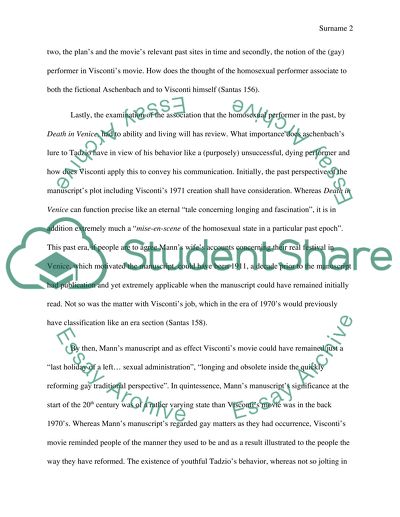Cite this document
(“Death in venice long Essay Example | Topics and Well Written Essays - 2000 words”, n.d.)
Death in venice long Essay Example | Topics and Well Written Essays - 2000 words. Retrieved from https://studentshare.org/visual-arts-film-studies/1488226-death-in-venice-long
Death in venice long Essay Example | Topics and Well Written Essays - 2000 words. Retrieved from https://studentshare.org/visual-arts-film-studies/1488226-death-in-venice-long
(Death in Venice Long Essay Example | Topics and Well Written Essays - 2000 Words)
Death in Venice Long Essay Example | Topics and Well Written Essays - 2000 Words. https://studentshare.org/visual-arts-film-studies/1488226-death-in-venice-long.
Death in Venice Long Essay Example | Topics and Well Written Essays - 2000 Words. https://studentshare.org/visual-arts-film-studies/1488226-death-in-venice-long.
“Death in Venice Long Essay Example | Topics and Well Written Essays - 2000 Words”, n.d. https://studentshare.org/visual-arts-film-studies/1488226-death-in-venice-long.


